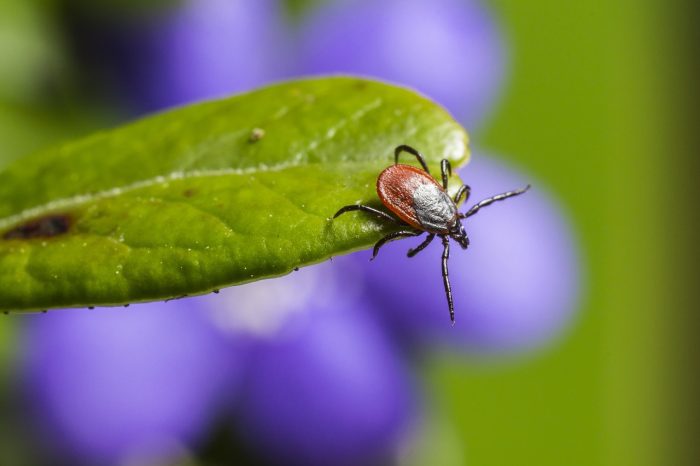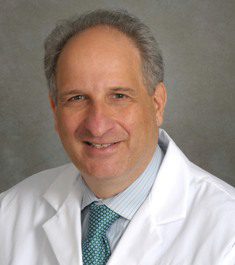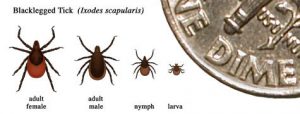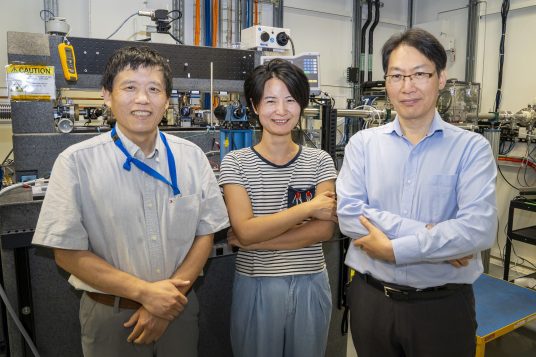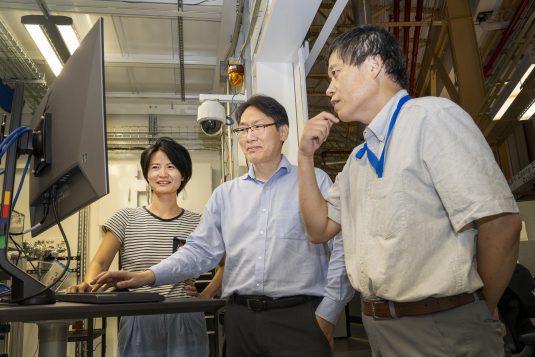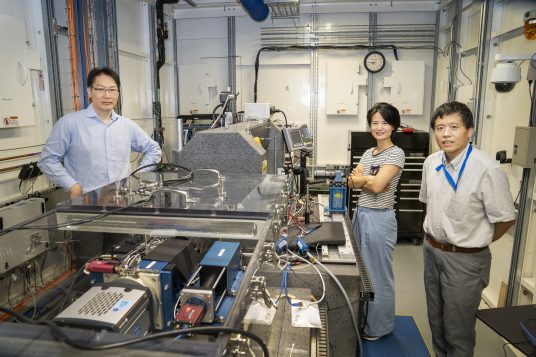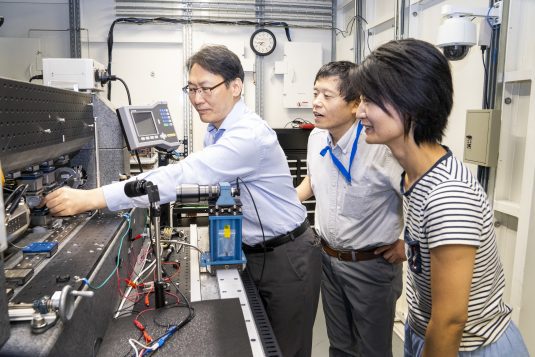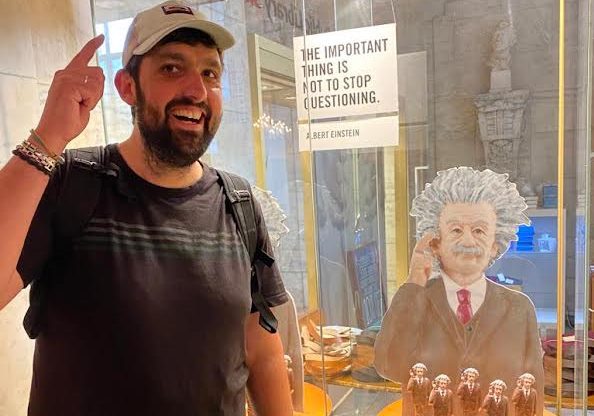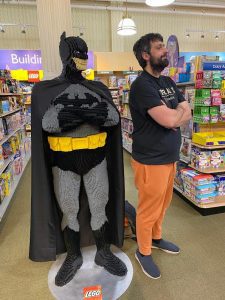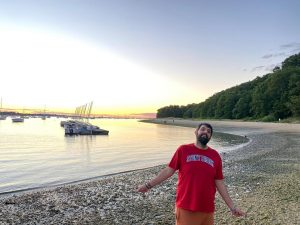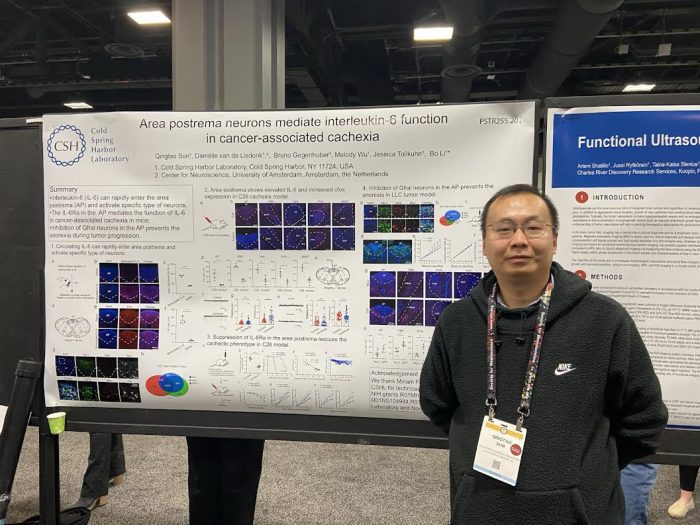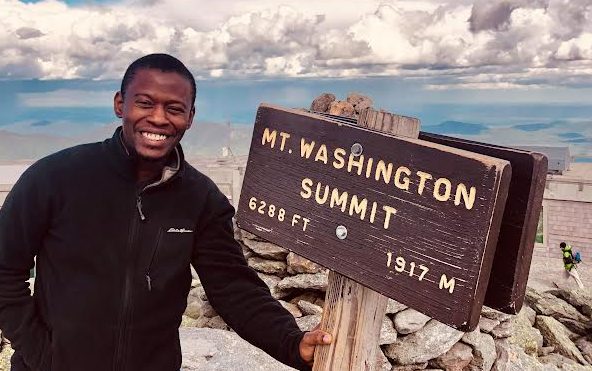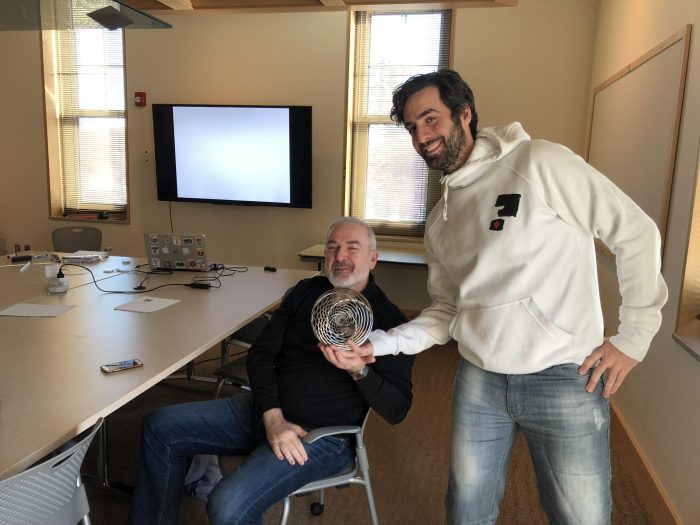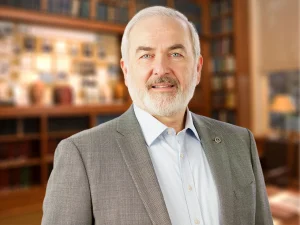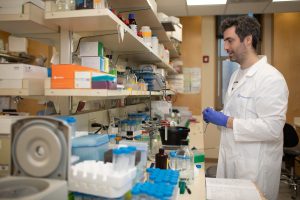By Daniel Dunaief
Cancer is a dangerous and wily adversary. Just when researchers think they have come up with a plan to defeat a deadly disease that takes many forms and that attacks different organs, cancer can figure out a way to persist.
Researchers have known that breast cancer uses the amino acid glutamine to power its high energy needs. To their disappointment, when they’ve blocked glutamine or reduced its availability, cancer somehow carries on.
An adaptable foe, cancer has figured out how to find an alternative metabolic pathway that can use the same energy or carbon source when its level gets low.
Cold Spring Harbor Laboratory Assistant Professor Michael Lukey and postdoctoral researcher Yijian “Evan” Qiu have discovered how a form of breast cancer has a back up plan, enabling it to survive despite glutamine deprivation.
“Analysis of tumor samples has revealed that glutamine is often depleted within the tumor microenvironment, so we were interested in understanding how seemingly ‘glutamine addicted’ cancer cells adapt to this challenge,” Lukey explained..
In research published last week in the journal Nature Metabolism, the Cold Spring Harbor Laboratory researchers discovered and quieted a type of breast cancer’s alternate energy source.
This form of breast cancer typically uses glutamine, which is one of the most common amino acids, to power its disease-driven machinery. When Qiu and Lukey blocked the formation of alpha-ketoglutarate, which is a metabolite normally derived from glutamine and then glutamate, they significantly repressed the growth of tumors in animal models of the disease.
Cancer cells turn on this alternative pathway that can catalyze glutamate into alpha-ketoglutarate.
“Cancer is always evolving and adapting,” said Qiu. “We need to stay ahead as scientists.”
The results of this research suggest a possible approach to treating cancer, depriving the disease of ingredients it needs to feed the kind of runaway growth that threatens human health. Limiting key ingredients could come from applying specific inhibitors, extracellular enzymes or antimetabolites.
Their work could have implications and applications in other forms of cancer.
The time between observing a promising result in the lab and a new therapy typically takes years. In this case, however, treatments that use inhibitors of glutamine have been well-tolerated in animals and humans. Qiu also did not observe any side effects in animal models in his study, which could potentially accelerate the process of creating a new therapy.
To be sure, developing treatments that cut off cancer’s primary and back up energy supply may not be sufficient, as cancer may have other metabolic moves up its figurative sleeves.
“Cancer cells typically exhibit metabolic flexibility, such that they can adapt to a variety of metabolic stresses,” said Lukey. “It remains to be seen if they can ultimately adapt to long-term blockade of the axis that we identified, but so far we have not seen this happen.”
A search for the back up plan
Qiu and Lukey speculated at the beginning of Qiu’s Cold Spring Harbor Laboratory experience in August of 2020 that cancer cells likely had another energy option.
“The fact that cancer cells that should be dependent on glutamine adapted in glutamine-free media in weeks made me believe that the cancer cells must have such a plan B,” Qiu explained.
To figure out why glutamine inhibitors weren’t shrinking tumors in animal models or humans, Qiu removed glutamine from cancer cells, causing over 99.9 percent of the cells to die. A few, however, survived and started proliferating in weeks.
Qiu used RNA-seq analysis to compare the parental and adaptive cells and found that the cells that are glutamine independent upregulated a serine synthesis pathway. These adaptive cells used PSAT1, or phosphoserine aminotransferase 1, to produce alpha-ketoglutarate.
As for human patients, the scientists don’t know what kind of stress is activating a Plan B for metabolism, which they are currently exploring.
A ‘passion’ for the field
Lukey and Qiu submitted the paper for publication about a year ago. After conducting additional experiments to verify their findings, including confirming that some of the metabolite entered the cell, these researchers received word that Nature Metabolism would publish the research.
Lukey appreciated Qiu’s passion for science and suggested his postdoctoral researcher combines his technical proficiency with good ideas to generate promising results.
Lukey suggested that researchers in the field have developed a growing consensus that effective strategies to target tumor metabolism will likely involve combination therapies that disrupt a critical metabolic pathway in cancer cells and simultaneously block the adaptive response to that intervention.
From China to Buffalo to LI
Born in Yiyang, Hunan province in China, Qiu moved several times during his childhood, to Sanya, Hainan and Changsha, Hunan.
Qiu knew he wanted to be a scientist when he was young. He enjoyed watching ants, observing the types of food they carried with them. He earned his PhD from Clemson University in South Carolina, where he built his knowledge about metabolism-related research and benefited from the guidance of his mentor James Morris.
Qiu and his wife Peipei Wu, who is a postdoctoral researcher in Chris Hammell’s lab and focuses on epigenetic gene regulation in skin stem cell development, live in Oyster Bay.
The scientific couple don’t have much overlap in their work, but they do get “lots of inspiration from each other, during our discussion outside of work,” said Qiu.
Qiu enjoys fishing and caught and ate a catfish from the Hudson River. He appreciates drawing scenery, animals and a range of other visuals, including cartoon characters. He designed T-shirts for his department during his PhD.
As for his research, Qiu hopes the metabolism finding may lead to new treatments for cancer. He also suggested that this approach may help with other cancers.
“What I have found in my study can be applied for many other cancer types that are also dependent on glutamine, such as lung and kidney cancer,” he said. He also can not rule out “the possibility that the treatment may help reduce metastasis.”
An important topic for follow up studies, Lukey suggested, is to address how the metabolic interventions Qiu used might affect immune cells and the anticancer immune response.


